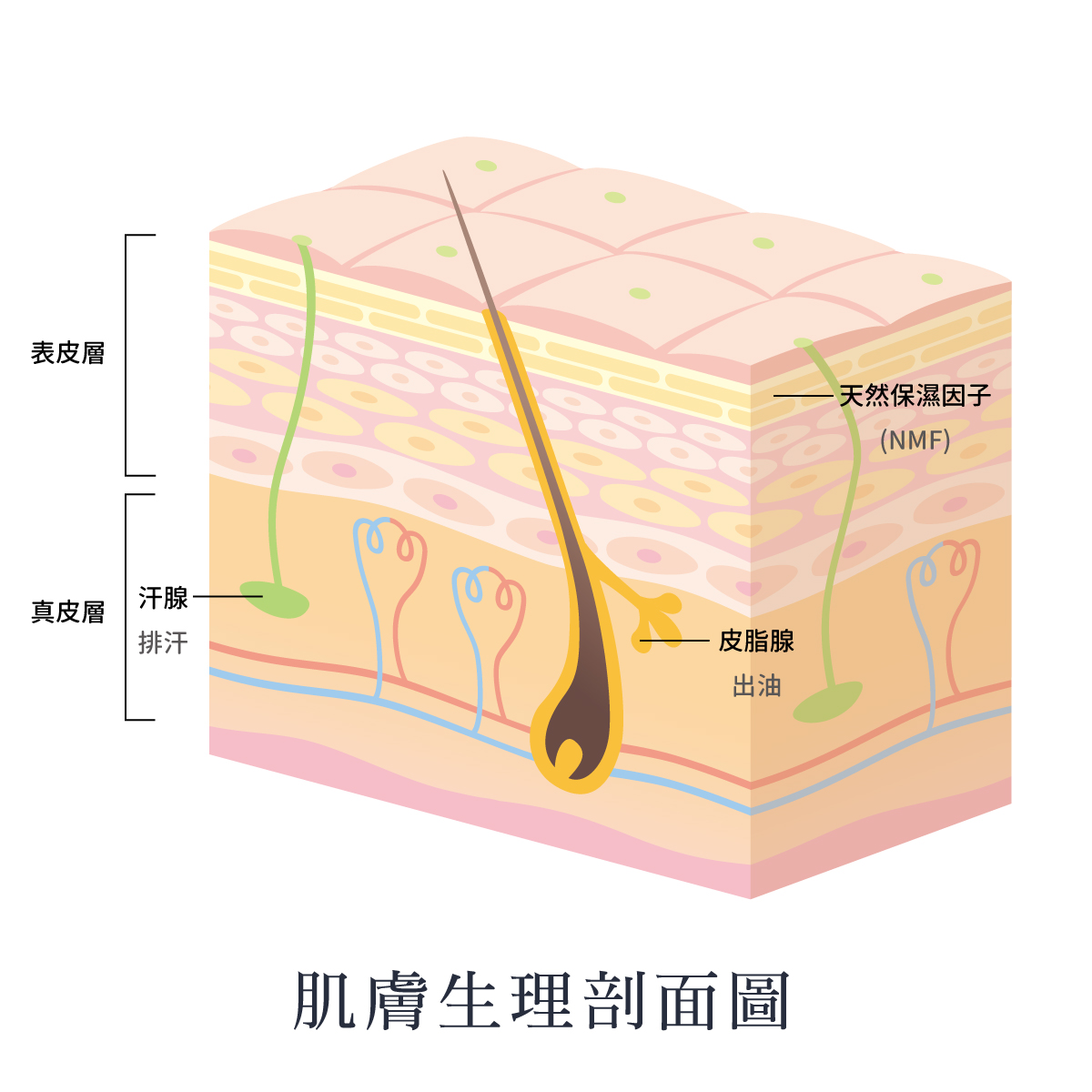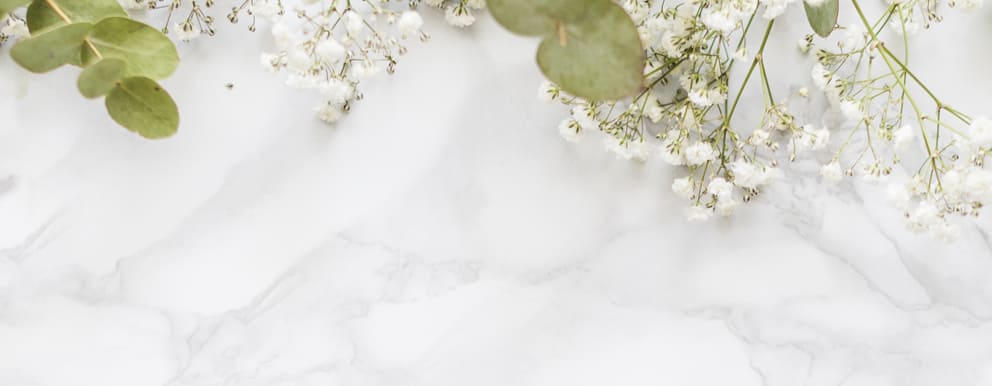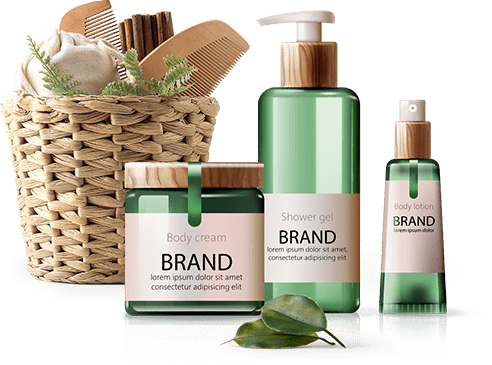Say no to oily skin! Understand the root cause of oiliness and restore moisturized skin
We often hear that an oily face is a sign of an imbalance between oil and water levels, and that you need to increase your moisturizing.
Instead of just listening to what others say, let's explore the underlying causes!
 Understanding the causes of "oily" and "dry" skin
Understanding the causes of "oily" and "dry" skin
The first step is to identify the cause of oiliness. Let's first understand the causes of "oily" and "dry" skin
External Oiliness
- Inherent Conditions: Oily or combination skin typically produces more oil than normal or dry skin. Therefore, noticeable oiliness can occur 2-3 hours after washing your face or using your skincare routine, regardless of whether your skin is hydrated or not.
- External Environmental Influences: Research indicates that temperature is indeed linked to skin oil production. For every 1°C increase in temperature, oil secretion increases by 10%. Therefore, during the height of summer, many people experience abnormal oil secretion due to the high temperatures and oppressive conditions, leading to an oily complexion.
Internal Dryness
Damage to the stratum corneum: Under normal circumstances, the natural moisturizing factors (NMFs) in the stratum corneum maintain the skin's normal hydration levels. If the stratum corneum is damaged, the NMFs decrease, preventing the keratin from being metabolized smoothly, resulting in dryness, flaking, and peeling.
Four Causes of Stratum Corneum Damage:
- Using overly strong cleansers
- Using skincare products with irritating ingredients
- Excessive exfoliation
- Excessive laser treatments

Key Points for Improving Oily Skin:
A normal stratum corneum contains a variety of natural moisturizing factors that draw moisture from the skin's more hydrated base, locking in moisture. If the skin is under-moisturized, stratum corneum cannot be metabolized properly, leading to stratum corneum accumulation and reduced water retention, which can cause numerous skin problems. Therefore, the key to maintaining a healthy stratum corneum is to maintain adequate moisturization.
Understanding Moisturizing Ingredients
There are hundreds of ingredients, but here are three common ones: amino acids, ceramides, and hyaluronic acid.- Amino acids:
Made up of protein, they are the foundation of skin. They have strong water-absorbing properties, balance oil and water content, and help maintain pH, effectively moisturizing. Their skin-friendly properties activate cells, improve metabolism, strengthen the skin barrier, and boost immunity. The Natural Moisturizing Factor (NMF) within keratinocytes is composed of approximately half amino acids, so supplementing with amino acids protects this NMF and locks in moisture. - Ceramide:
This naturally occurring lipid in the stratum corneum possesses a strong ability to bind water. It forms a thin film on the skin's surface, retaining moisture. It also strengthens the structure of the keratin, helping to repair the skin's barrier and protect against external irritants. The lipids within stratum corneum cells are primarily composed of three components: ceramide, cholesterol, and free fatty acids. Of these, ceramide accounts for 50%! Therefore, ceramide is not only the primary component of the stratum corneum, but also the most abundant component. - Hyaluronic Acid:
It has various molecular forms, and its size determines its penetration depth into the skin.
Large molecules range in size from 1.8 million to 2.2 million kilos per ounce and possess lubricating and moisturizing properties. They absorb water strongly and form a thin film on the skin's surface, protecting it from damage.
Medium molecules range in size from 50,000 to several hundred thousand kilos per ounce and form a breathable film, helping to lock in moisture and providing anti-aging benefits. Small molecules range in size from a few thousand to 50,000, making hyaluronic acid the most easily absorbed size. Its high penetration allows for deeper hydration, helps repair cells, and prevents fine lines. A single molecule of hyaluronic acid can absorb several times, or even up to 500 times, more water, increasing skin hydration, moisturizing properties, and elasticity. This is why it's widely used in beauty, medical, and facial treatments. Skin hydration starts from the inside out, so during the height of summer, it's important to prioritize hydration!
- Learn about the quality inspection of skincare products from R&D, production to market launch in just three minutes!
- What certification systems are there for cosmetics manufacturing? Learn about ISO 22716 and Taiwan's voluntary cosmetics GMP in seconds
- Is silicone-free the only option? Understanding silicone and debunking the biggest controversy in beauty products
- Back to skincare basics: the golden hydration combo that makes ingredients work better together
- Beauty and skincare trends, let's take a look at the mainstream ingredient analysis!
- Anti-hair Loss Product Formula Analysis: Three Popular Non-medicinal Hair Care Ingredients Recommended
- Grasping the new trend of exosomes: Applications and business opportunities of plant vesicles in skincare OEM/ODM
- Compliance with skincare OEM/ODM manufacturers can vary widely! Two essential principles for choosing a manufacturer



